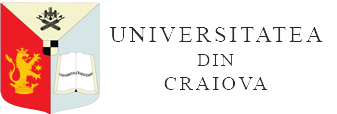THE BEHAVIOR OF SOME TOMATO GENOTYPES UNDER CONDITIONS OF THERMAL-HYDRIC STRESS IN THE SANDY SOILS AREA
DOI:
https://doi.org/10.52846/bihpt.v27i63.56Keywords:
tomato,, variability,, sandy soilAbstract
The tomato genotypes studied (L-11/53, Monalbo, L-24/13 and AP-10) were subjected to an analysis of the variability of the main quantitative characteristics of the fruit (fruit weight, fruit height and diameter, shape index, pericarp thickness and soluble dry matter).The registered biometric data were statistically processed, calculating for each analyzed character the mean (x̄), the standard deviation (s), the coefficient of variability (s%), the range of variability (k = x̄ ± s) and the frequency of individuals in the range of variability (f%).
The statistical analysis of the recorded data showed that the four tomato genotypes are uniform in terms of the variability of the main characters, the coefficient of variability having medium and low values for most of the analyzed characters, and represent a valuable material for the improvement of this species under conditions of thermal stress hydric from the area sandy soils.


